-
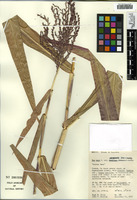
Also commonly known as corn, maize is currently the most cultivated grain in existence. First domesticated by indigenous peoples in southern Mexico about 10,000 years ago, Maize is now grown and eaten all over the world.
-
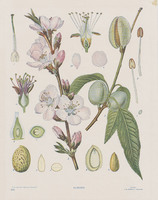
This Botanical illustration from Koehler’s Medicinal-Pflanzen is of the widely produced almond tree. At an unknown point in time, there was a natural mutation that significantly decreased the production of toxins within almonds, allowing them to become one of the biggest agricultural industries today.
-
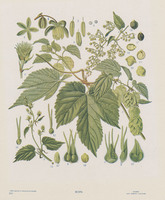
The items included in the Common Hop display include a compressed piece of dried hop heads and a botanical illustration from Koehler’s Medicinal-Pflanzen. Common Hop has been used in beer as a biter and stability agent since the 9th century.
-
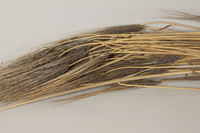
Once harvested in ancient Egypt for bread and beer, barley is now a major global grain. It can be planted at various times during the year, allowing it to become a year-round staple in many diets. Barley was so historically valuable that it was considered to be the very first form of currency. What would you trade for barley?
-
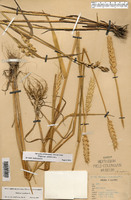
Common Wheat is one of the most widely grown crops and is often considered one of the most versatile in function. Besides human consumption, wheat is commonly used for kitchen cabinets, medical swabs, and even stamp adhesives. Is this your first time seeing wheat in its unprocessed form?
-
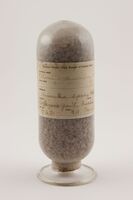
The second most common species of cultivated wheat, durum is often called pasta or macaroni wheat as it is seldom used in bread. Rome and ancient Egypt commonly used this type of wheat, leading to it becoming the latter’s main export. Does this remind you of the pastas we know and love?
-
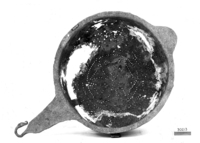
Sieving originated in Ancient Egypt for straining grains from wheat and other cultivated harvests. Many Egyptologists have noted the similarities between the sieve and the hieroglyphic symbol for placenta, suggesting that sieves may have represented the beginning of life. Do you have something similar looking in your kitchen?
-
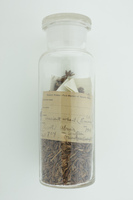
This example of ancient Egyptian wheat was found contained in a jar in Cairo, Egypt. The jar was found near the pyramid temple of King Ne-user-re, who was known to have died around 2422 BCE. Would you like to try something made out of this wheat?
-
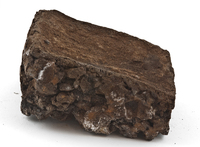
Olive bread was one of the most beloved types of sustenance in Ancient Rome, with the city of Pompeii in particular. Bread was produced in high batches daily, and those who controlled bakeries were often seen as powerful figures. Who wouldn’t want this for dinner?
-

These hand mills were essential for the production of bread, with the hole in the upper compartment serving as an entrance for grains. Commercial bakeries often housed tens of these laborious tools at a time. Could you imagine using this tool while making bread today?
-
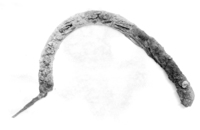
Although frequently used for cutting through forage and harvesting grain crops, these sickles sometimes doubled as battle weapons. In earlier accounts of Roman mythology, Hercules slayed the legendary Hydra with a golden sickle-like weapon. They are also commonly used as a symbol for the agricultural working class. Have you ever seen it used in this way?
-

Even though its specific use is unknown, this agricultural blade is speculated to have been used for cutting and harvesting crops. The indentations at the edge act as a socket for connecting a long handle. Do you think it would be useful to bring back this tool into modern farming?
-
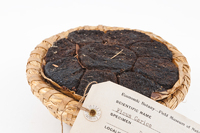
Indigenous to Asiatic Turkey and other surrounding areas, the fruit of the fig tree is actually a syconium, or an inverted flower. This plant has always been favored in ancient history and evidence even suggests that its domestication was one of the first instances of agriculture. When was the last time you ate a fig?












